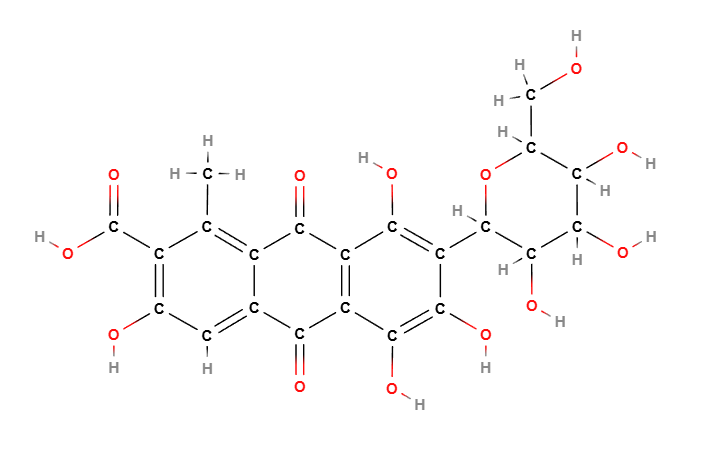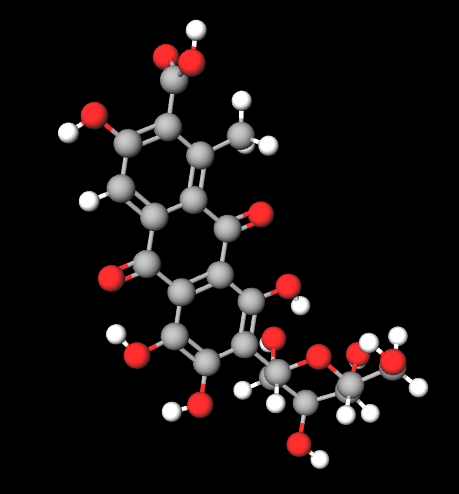| "Descrizione" by FRanier (9971 pt) | 2024-May-29 10:29 |
Review Consensus: 10 Rating: 10 Number of users: 1
| Evaluation | N. Experts | Evaluation | N. Experts |
|---|---|---|---|
| 1 | 6 | ||
| 2 | 7 | ||
| 3 | 8 | ||
| 4 | 9 | ||
| 5 | 10 |
E120 is an additive used as a red dye in the food industry, in cosmetics and medicine.
It can be produced naturally by the female Coccus cacti L. (Dactylopius coccus) (1) taken from its body or by eggs, or by way of chemical synthesis and it is the most commonly observed case in food products.
Industrial Production Process
- Preparation of reagents. The main raw materials include carmine (obtained from the cochineal insect) and solvents such as water or alcohol.
- Harvesting and cleaning. The cochineal insects are harvested and cleaned to remove impurities and debris.
- Drying. The cleaned insects are dried at controlled temperatures to reduce moisture content and facilitate colorant extraction.
- Grinding. The dried insects are ground into a fine powder to increase the contact surface area for extraction.
- Extraction. The cochineal powder is treated with a suitable solvent (water or alcohol) to extract the carmine. Extraction can be done through maceration, infusion, or solvent extraction.
- Filtration. The extracted mixture is filtered to remove solid residues and obtain a clear solution containing carmine.
- Concentration. The coloring solution is concentrated through vacuum evaporation to reduce the volume and increase the concentration of carmine.
- Purification. The concentrated solution may be further purified using techniques such as chromatography to remove unwanted impurities and improve color quality.
- Crystallization. The purified carmine is crystallized to obtain a high-purity product.
- Stabilization. The crystallized carmine is stabilized with antioxidants like BHT (butylated hydroxytoluene) to prevent oxidation and maintain color stability during transportation and storage.
- Drying. The purified product is dried at controlled temperatures to obtain a fine carmine powder.
- Quality control. The CI 75470 undergoes rigorous quality testing to ensure it meets standards for purity, color intensity, and safety. These tests include chemical analysis, spectroscopy, and microbiological testing.
Food
It is the colour E120 on the list of European food additives
Cosmetics
Colorant. This ingredient has the primary function of colouring the solution in which it is inserted in a temporary, semi-permanent or permanent manner, either alone or in the presence of the complementary components added for colouring.
Safety
There are contraindications for health related to the use of this additive.
In particular allergies were found (2) and the Council of Europe recommended a containment of the protein level in E120 (3) with purification systems (4).
 |  |
Molecular Formula C22H20O13
Molecular Weight 492.389 g/mol
CAS: 1343-78-8
EC Number: 215-724-4
FEMA Number: 2242
UNII CID8Z8N95N
DTXSID20859613
Synonyms:
E120
Cochineal Carmine
Natural Red 4
CI 75470
References_________________________________________________________________________
(1) Perez Guerra, G. and M. Kosztarab, Biosystematics of the family Dactylopiidae (Homoptera: coccinea) with emphasis on the life cycle od Dactylopius coccus Costa, in Studies if Morphology and Systematics of Scale Insects. 1992: Blacksburg, Virginia..
Abstract. The cochineal insects include nine species assigned to the genus Dactylopius, the only genus in the family Dactylopiidae. This is a review of all the species in the family Dactylopiidae, with special emphasis on the life cycle of the type species Dactylopius coccus Costa. The adult females of the nine species have been redescribed and illustrated, with a discussion on their morphological affinities and relationships. Their hosts, natural enemies, distribution, etymology, and role as biological control agents are discussed. For several species many new distribution and host records are given. Also, new types have been designated for the following species: one neotype and three paratypes for Dactylopius coccus Costa; one neotype for D. tomentosus (Lamarck); and designation of eight new topotypes for D. opuntiae (Cockerell). Methods are given on collecting, preservation, slide mounting, measuring, and preparing illustrations. Cuticular ultrastructure is shown in scanning electron micrographs. All developmental stages of the type species, D. coccus, are described. The life cycles under two temperatures and two relative humidities, for both males and females, are discussed. Aspects of reproduction in D. coccus, its dispersal methods, factors affecting development, and its economic importance are also included. A separate chapter deals with the host-plants of Dactylopiidae. This chapter includes data on host plant suitability and host plant resistance. Three identification keys are presented: one to the suborders of Homoptera, the other to the superfamilies and families of Coccinea, and another one for the determination of the species of Dactylopius. The phylogenetic relationships of the family Dactylopiidae with respect to all the Coccinea families are discussed, and a phylogenetic tree for the Dactylopius species is proposed.
(2) Shaw DW. - Allergic contact dermatitis from carmine. Dermatitis. 2009 Sep-Oct;20(5):292-5.
Chung, K., et al., Identification of carmine allergens among three carmine allergy patients. Allergy, 2001. 56(1): p. 73-7.
Acero, S., et al., Occupational asthma and food allergy due to carmine. Allergy, 1998. 53(9): p. 897-901.
Beaudouin, E., et al., Food anaphylaxis following ingestion of carmine. Ann Allergy Asthma Immunol, 1995. 74(5): p. 427-30.
(3) en_1995L0045_do_001.pdf, h.e.e.i.e.-l.e.c.p., CONSLEG 1995L0045-10/05/2004. 2004, Official Publications of the European Communities
(4) Scopes, R.K., Protein purification : principles and practice. 3rd ed. Springer advanced texts in chemistry. 1994, New York: Springer-Verlag. xix, 380.
| Evaluate |

